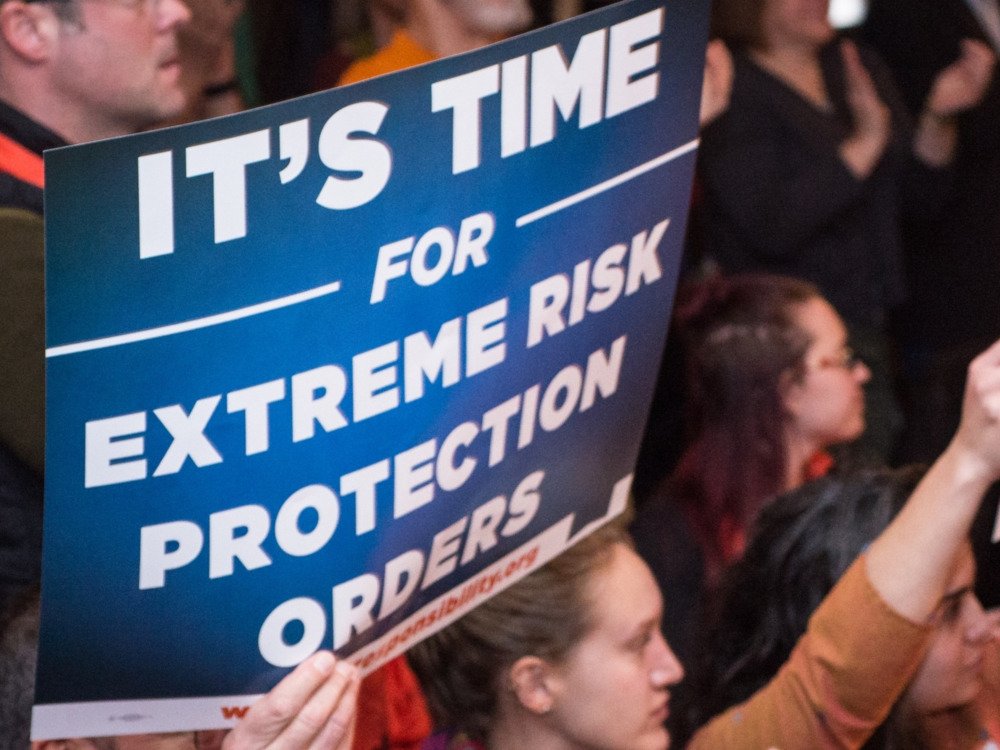By Tim Head
Serious Violence Reduction Orders (SVROs) are a new police stop and search power, being piloted by forces in England and Wales. Introduced under the controversial Police Crime Sentencing and Courts Act (2022), SVROs are part of a broader expansion of police powers and the rolling back of safeguards and avenues for police accountability. The Home Office itself has admitted that many of the potential harmful consequences of SVROs will likely fall on people of colour, on Black people in particular. In “Against SVROs”, we review the evidence around high-discretion police powers similar to SVROs, which overwhelmingly shows that they do not work to reduce serious violence. Contrary to the government's claim that SVROs will "break the cycle of offending”, we found that high-discretion police powers and behavioural orders push people, disproportionately people of colour, into the criminal justice system. These policing interventions are clearly evidenced to harm the mental and physical health of those targeted, while reproducing deep-seated racial discrimination in the use and abuse of police powers.
London: Runnymede Trust, 2023. 43p.



